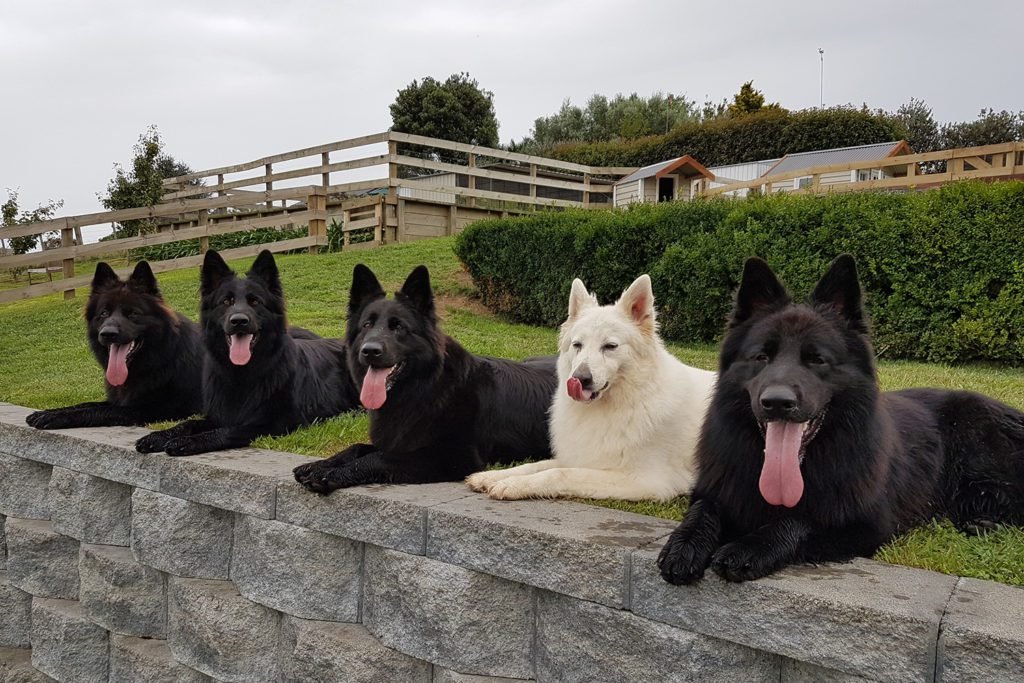Before jumping into the breeds, it’s important to understand what makes a dog better suited for someone with experience.
Here are a few common reasons:
- High intelligence: Smart dogs need mental stimulation or they can get bored and destructive.
- Strong prey drive: Some breeds were made to chase or hunt. Without training, they may not get along well with smaller pets.
- Dominant or independent nature: These dogs need consistent rules and firm leadership.
- High energy levels: Some breeds need a lot of daily exercise to stay happy and healthy.
- Protective instincts: Guard dogs need socialization to prevent aggression or fear-based behaviors.
If you’re ready for the challenge, these breeds can become incredibly rewarding companions. But without the right approach, they can become overwhelming—even for a loving owner.
1. Belgian Malinois

Often mistaken for a German Shepherd, the Belgian Malinois is a top choice for police and military work. These dogs are intensely driven, smart, and loyal. But they require a ton of physical and mental stimulation.
Without a job to do, they can become anxious, destructive, or even aggressive. They’re not the kind of dog to lounge around the house all day—they need structure, training, and lots of exercise.
🟡 Not ideal for: first-time dog owners or apartment living
🟢 Best for: active, disciplined handlers with experience
2. Akita
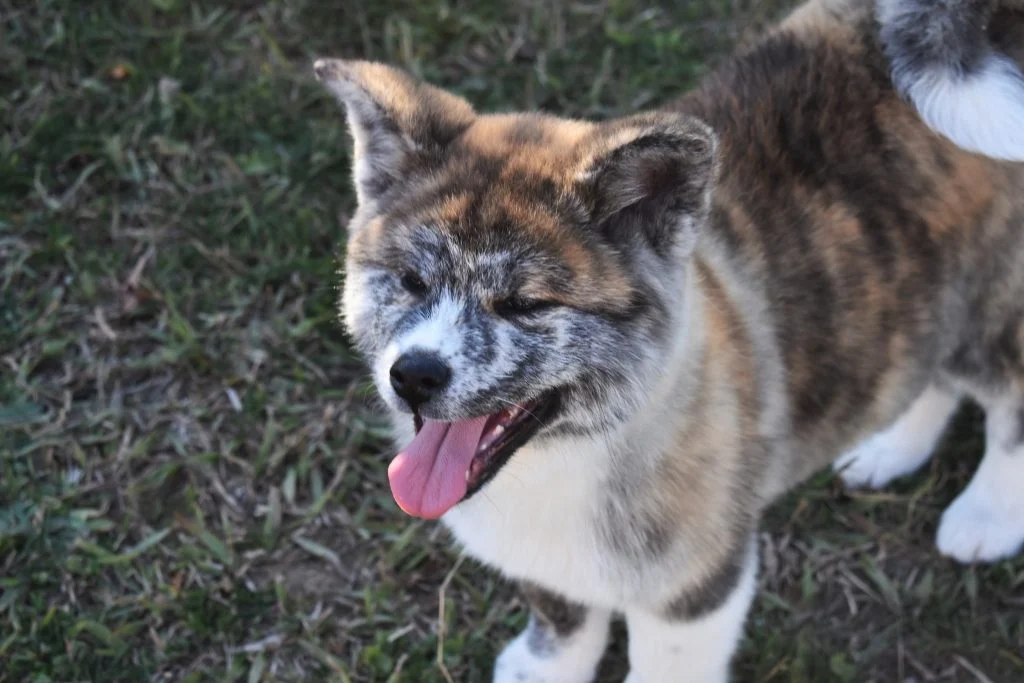
Akitas are powerful dogs originally bred in Japan for guarding royalty and hunting large game. They’re independent, reserved, and naturally protective.
They often don’t get along well with other dogs, especially of the same sex. Without firm and respectful leadership, an Akita may become territorial or even aggressive.
🟡 Not ideal for: families with other pets or young children
🟢 Best for: calm, confident owners who understand canine body language
3. Border Collie
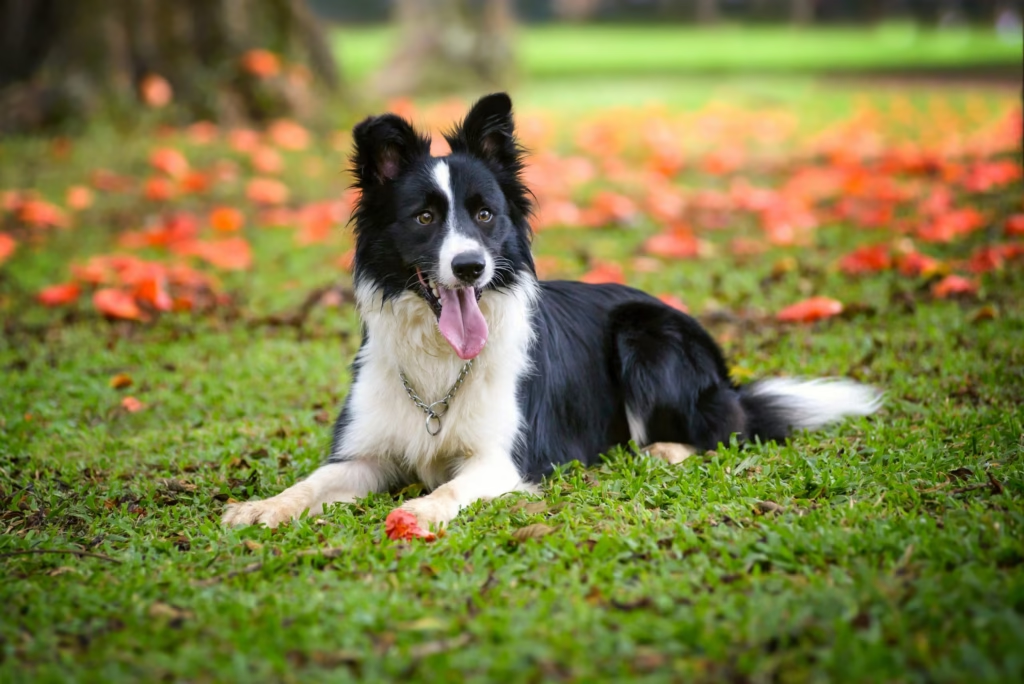
Border Collies are often called the most intelligent dog breed in the world. They were bred to herd sheep and can learn almost anything—but that comes with a price. If not mentally and physically engaged, they can become frustrated and even obsessive.
They’re amazing for agility, obedience, and dog sports, but they’re not couch potatoes. First-time owners often underestimate just how much stimulation they need.
🟡 Not ideal for: owners with busy or low-energy lifestyles
🟢 Best for: experienced handlers who can give daily challenges and training
4. Doberman Pinscher
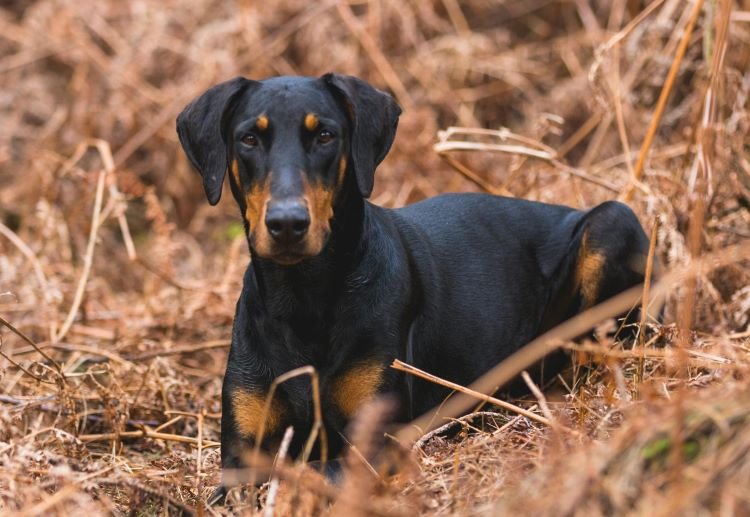
Dobermans are sleek, powerful, and protective dogs. They’re extremely loyal to their families and make excellent guard dogs—but they also need firm, consistent training from day one.
A poorly socialized Doberman can become fearful or overly aggressive. They’re strong, fast, and need plenty of both mental and physical exercise.
🟡 Not ideal for: timid or inconsistent dog owners
🟢 Best for: confident, experienced owners with time for training
5. Cane Corso
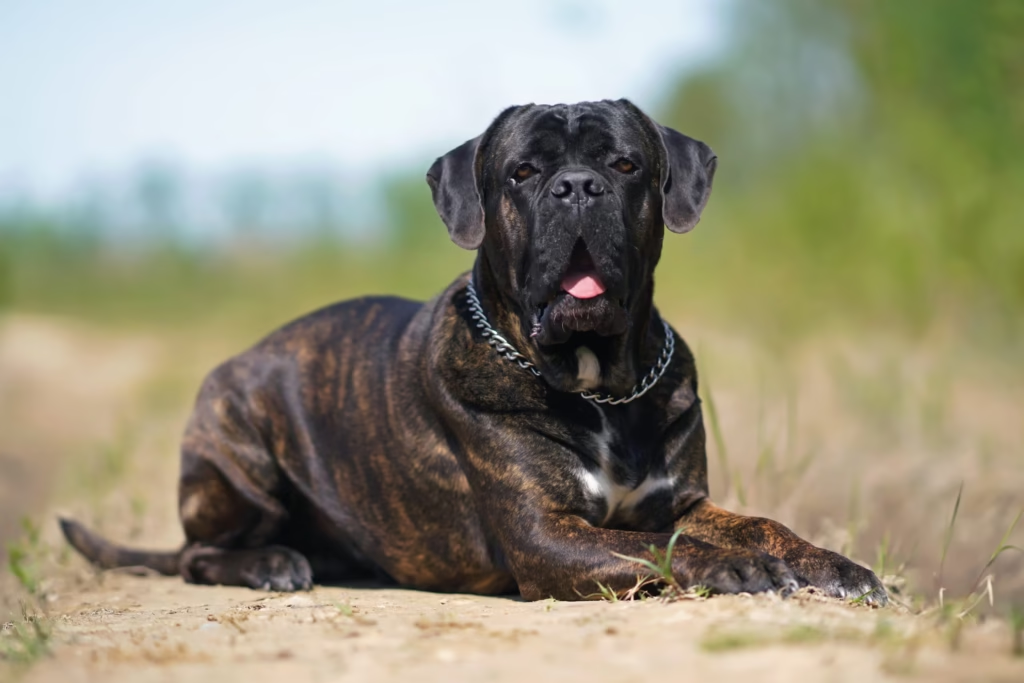
The Cane Corso is a large Italian Mastiff breed known for its protective instincts. They’re calm and affectionate with their families, but they require early socialization and very strong leadership.
Without it, they can become dominant or aggressive toward strangers. Their sheer size and strength make them hard to manage if not properly trained.
🟡 Not ideal for: apartment dwellers or novice owners
🟢 Best for: experienced owners familiar with large, protective breeds
6. Chow Chow
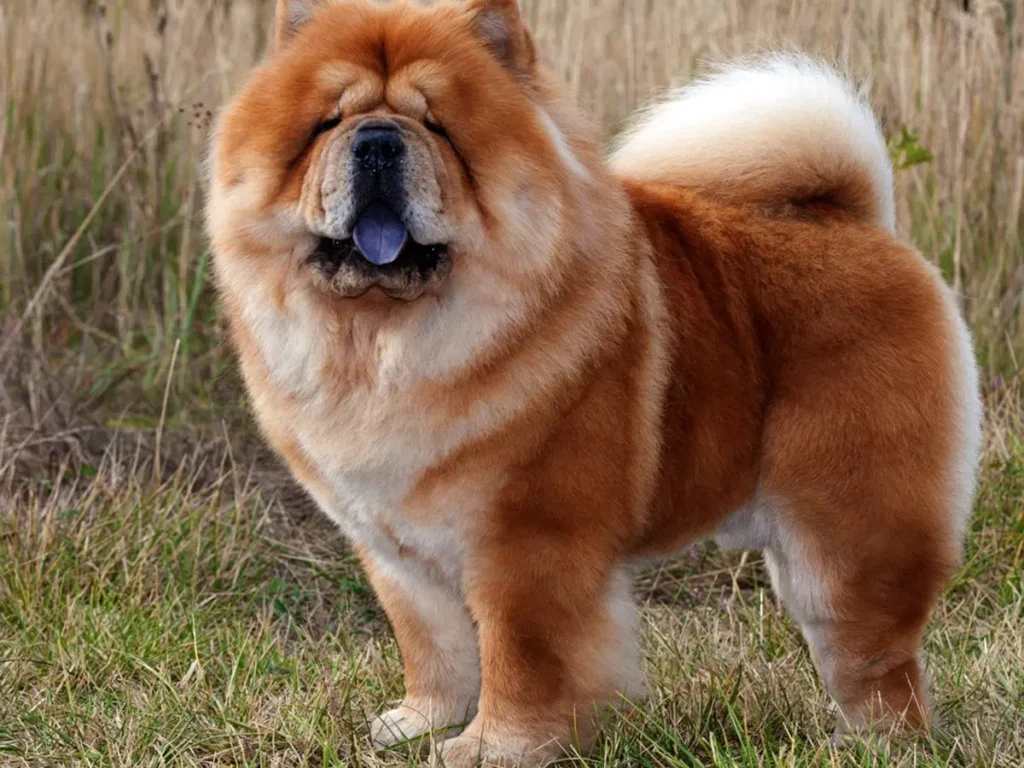
The Chow Chow may look like a cuddly teddy bear, but don’t be fooled—they are known for being aloof, stubborn, and sometimes even aggressive without proper training.
They are fiercely loyal to their people but are not naturally social with strangers or other dogs. Their independent nature can make them hard to train, especially if not started early.
🟡 Not ideal for: those expecting a playful or easygoing dog
🟢 Best for: patient, consistent owners who know how to set boundaries
7. Jack Russell Terrier
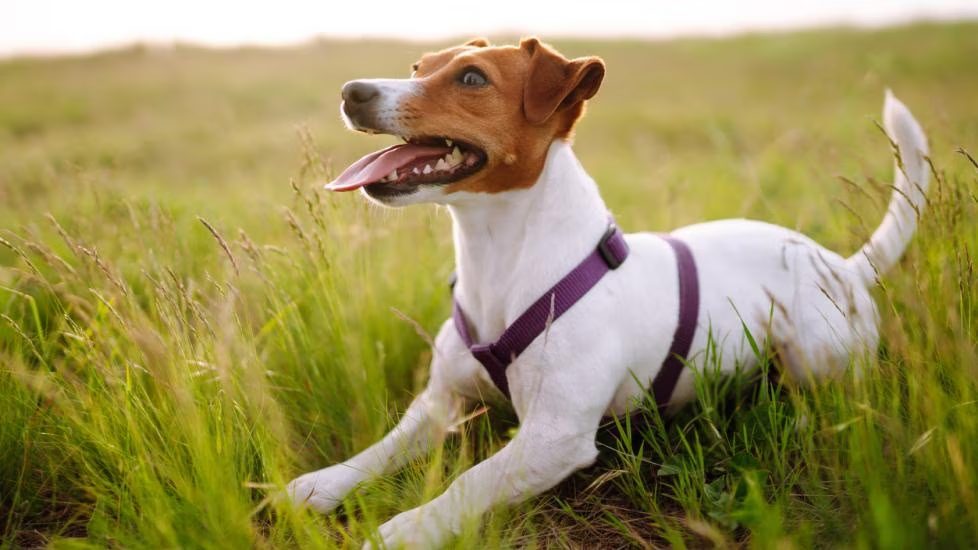
Small but mighty, the Jack Russell is full of energy and unmatched determination. Originally bred for fox hunting, they have a strong prey drive and need lots of activity.
They can be stubborn and overly clever, often outsmarting inexperienced owners. Without enough attention and exercise, they can become destructive.
🟡 Not ideal for: low-activity homes or families with small pets
🟢 Best for: active, experienced owners who enjoy training and play
8. Alaskan Malamute
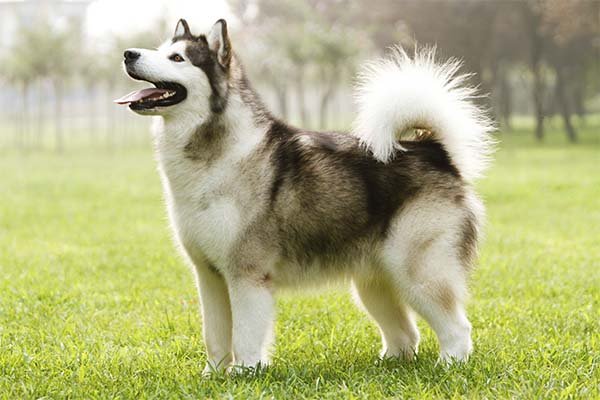
These stunning dogs were bred to pull sleds in harsh Arctic conditions. They are strong, independent, and sometimes stubborn. Malamutes are pack animals and may challenge their owner’s authority if not properly led.
They also have a strong prey drive, so they might not be trustworthy around smaller animals. And don’t forget the fur—Malamutes shed a lot and need regular grooming.
🟡 Not ideal for: small homes or hot climates
🟢 Best for: experienced owners with outdoor space and leadership skills
All dogs deserve love, care, and a safe home—but not every breed is the right fit for every person. The breeds listed above aren’t “bad” dogs—they’re just more complex. With the right owner, they can thrive and become loyal, loving companions. Without proper guidance, though, they can develop behavioral issues that are hard to manage.
If you’re thinking about getting one of these breeds, make sure you do your research and ask yourself honestly if you’re ready. These dogs can be incredibly rewarding, but they’re best matched with someone who knows what they’re doing.

